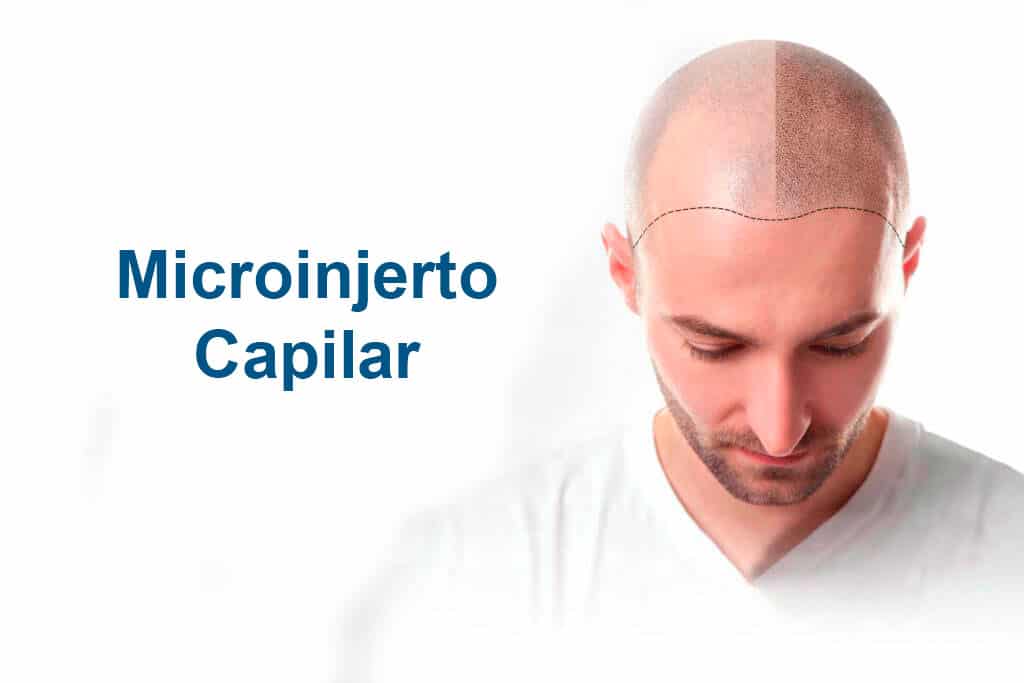HAIR MICROGRAFTING
Table of contents
Hair micrografting is the long-term solution that does not require chronic treatment to prevent or reduce baldness. Obviously, its success will depend both on the work of the specialist and on the patient's own conditions, but what is clear is that it is the only way to have more hair permanently.
What is a hair transplant?
Hair micrografting is a cosmetic procedure in which a hair graft is achieved by means of microsurgery, that is, a surgical process in which a surgical microscope is used.
It consists of choosing healthy hairs that are known not to fall from a populated area, preferably from the patient's head, extracting them with a micro-scalpel and placing them in the areas where the patient suffers from baldness.
You may wonder how this procedure differs from a hair implant. Nothing, this concept and many others (hair application, hair graft, hair transplant, hair implant...) refer to the same process, that of placing hair, through the skin, in the most depopulated areas, by the hand of a professional and by means of a controlled surgical process.
Do you want to get your hair back? We have the perfect solution for you!
Characteristics of a hair micrograft
To finish getting to know this concept, we leave you, of course, with its main characteristics.
Types or techniques
There are several techniques that can be used to apply hair using microsurgery. These are:
- FUSS. Known as the strip technique, what is done is to remove a strip of skin from the scalp and, with it, the hair follicles, and then place it in the area where we have no hair.
- FUE. In this case the extraction is only for hair follicles, without removing the skin. These are introduced, one by one, in micro incisions in the recipient area.
- Robotic FUE. The same process as above but the graft is performed by a robot.
- DHI. The essence is the same as in the FUE technique, although less time is allowed to pass between the extraction of a follicle and its insertion into the skin so that it is not nourished for as long as possible. This is achieved with a machine that slits the skin and inserts the follicle in a single movement.
The choice of one or the other is in the hands of both the patient and the specialist doctor, who is in charge of knowing which are the most appropriate depending on the clinical picture presented.
Obviously, some techniques are different from others, and so will be the time it takes to perform and cure them, as well as their other advantages and disadvantages.
Care
You'll need to practice the same care both before and after the procedure. Simply put, the more invasive the procedure, the more and better recovery you will need. Sleeping on your back and lying down, staying away from the gym, the beach or the pool, taking care when dressing... No big deal.
Results
The definitive result will be visible at the latest one year after the hair transplant.
These are very natural in all cases. The difference lies in the scarring, being more evident with the FUSS technique, as you would expect, but of course easily concealed as soon as your hair grows a little.
